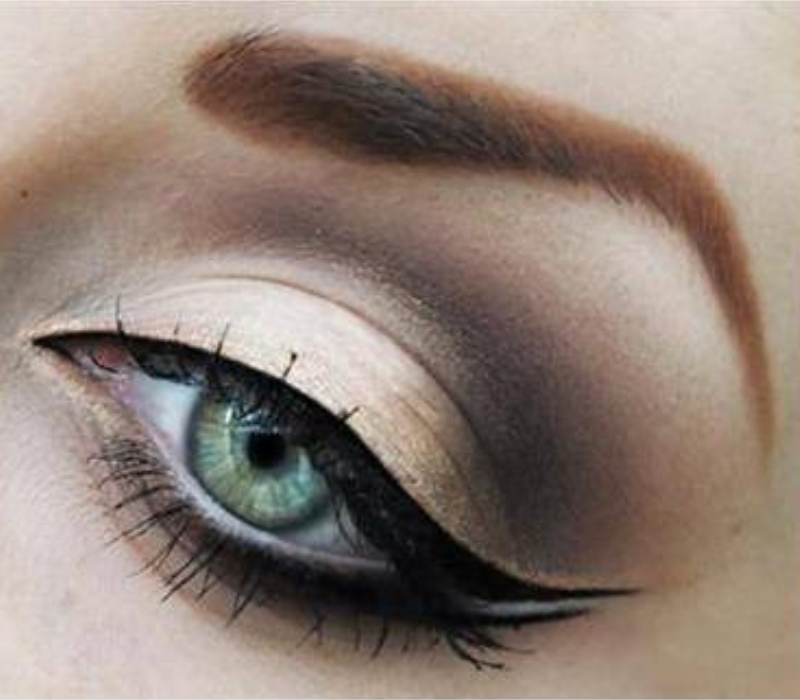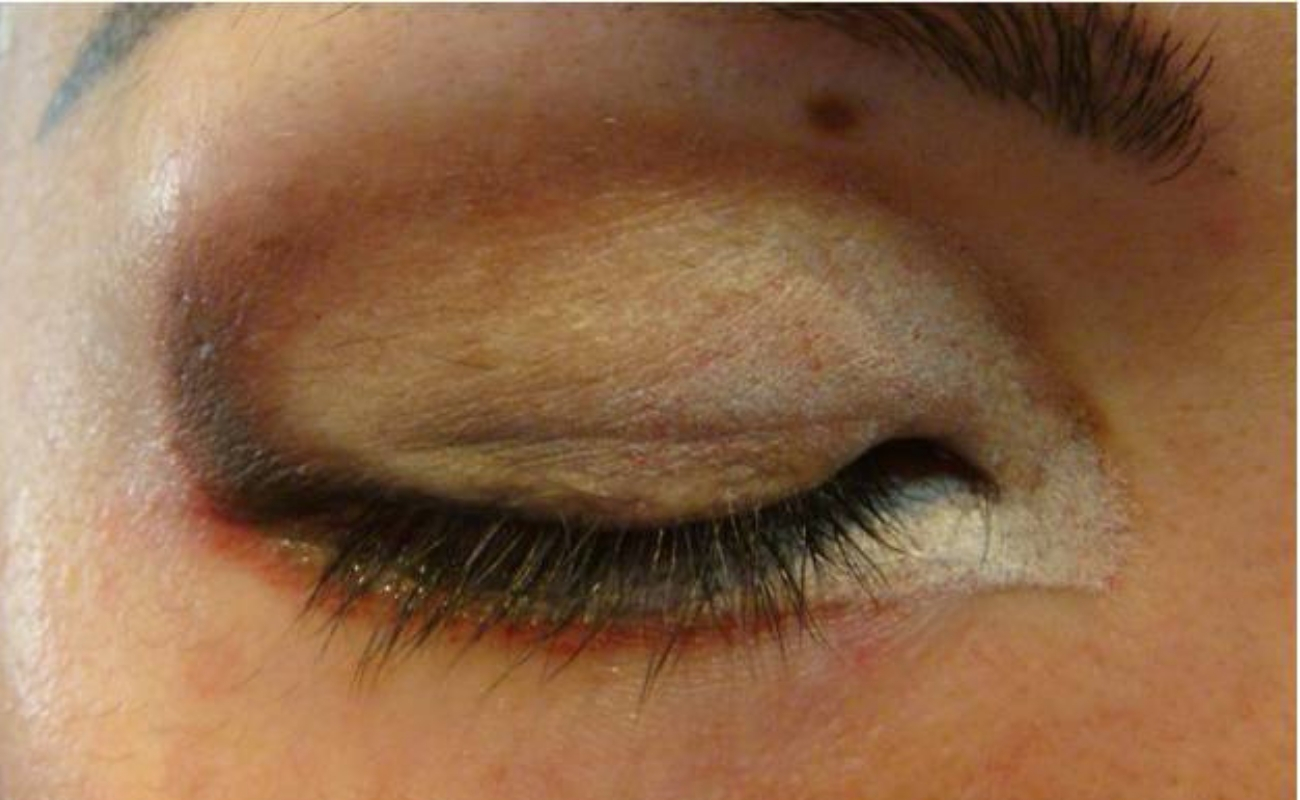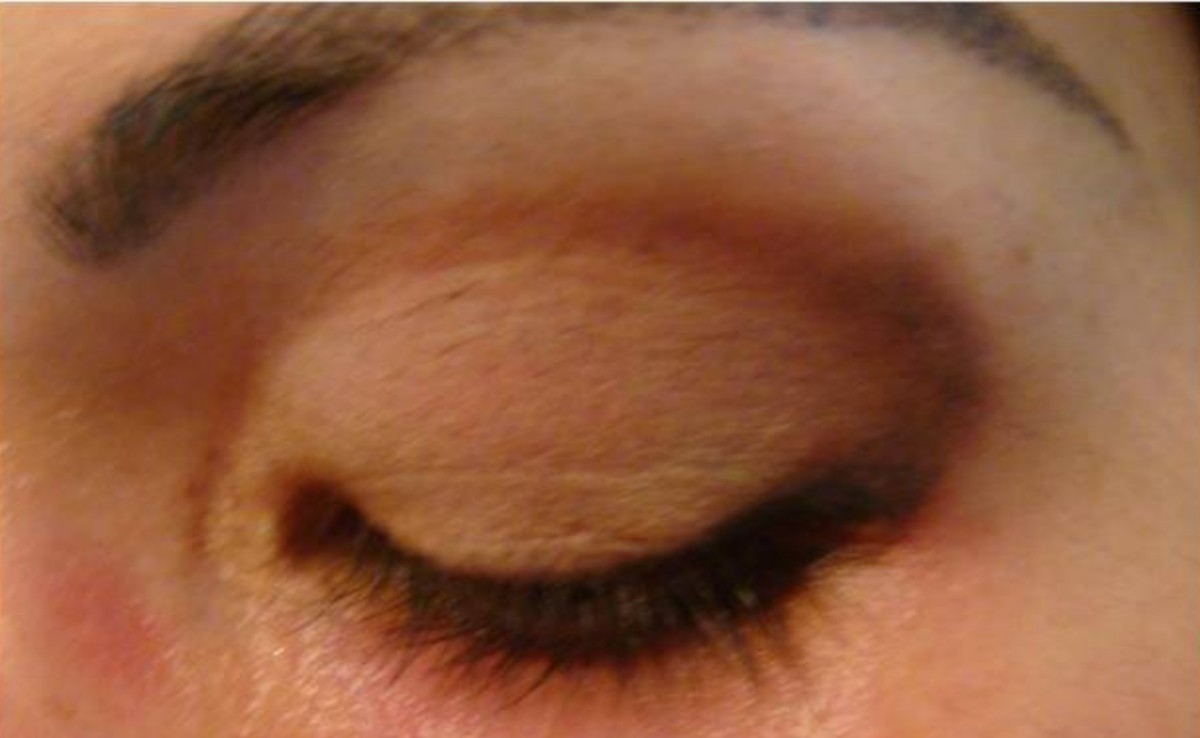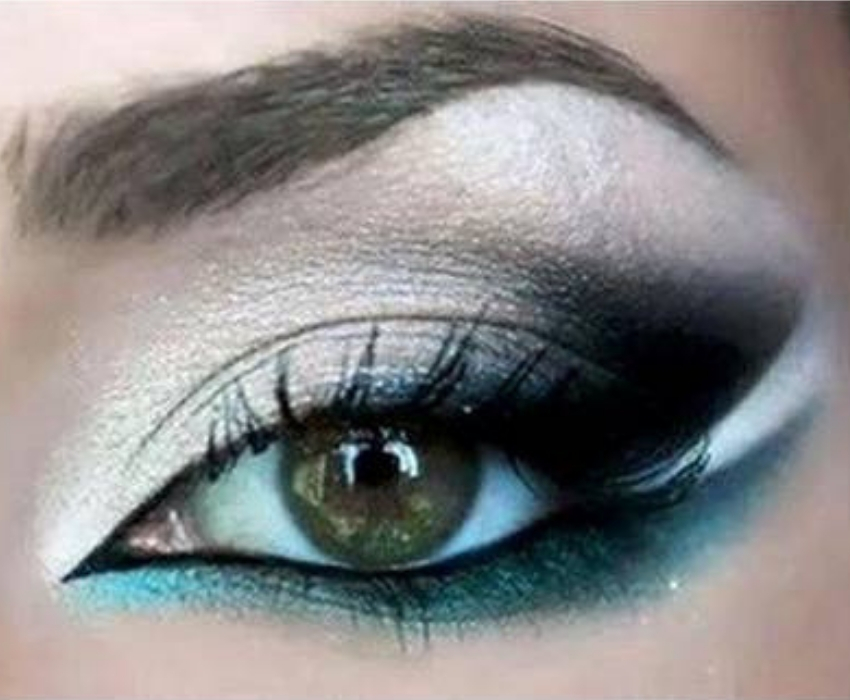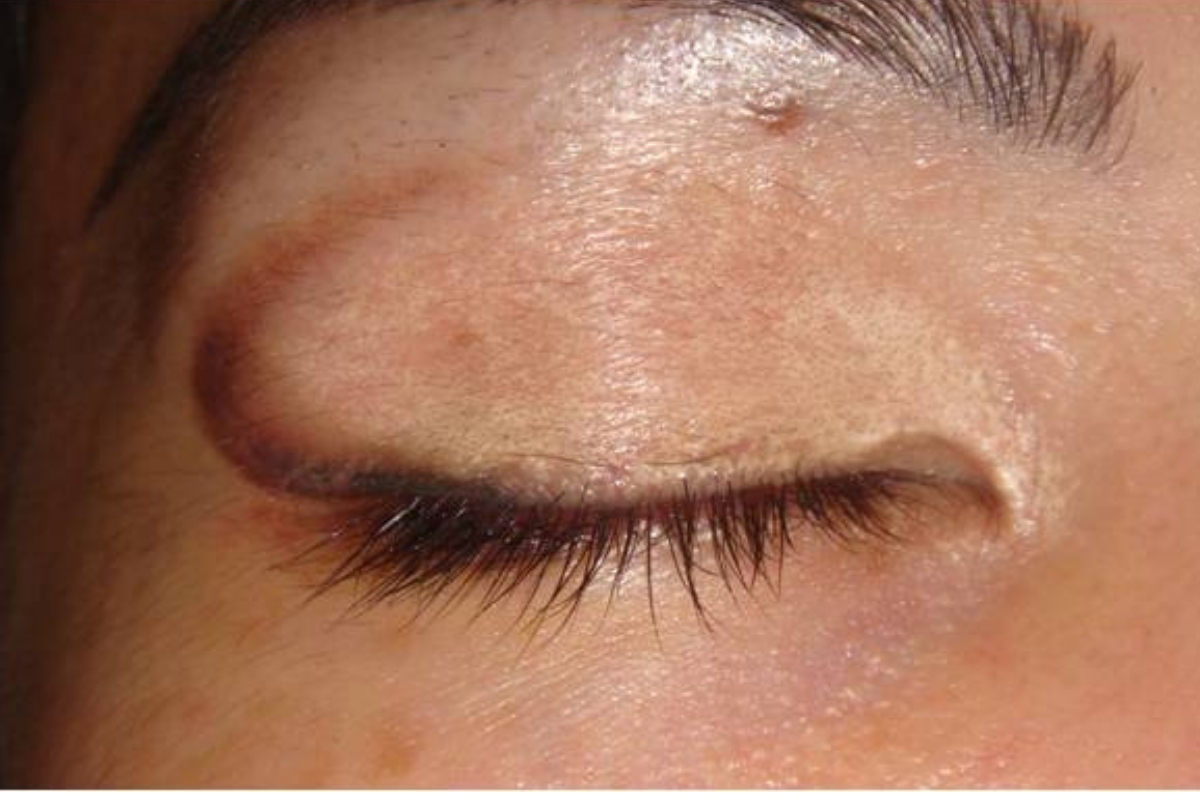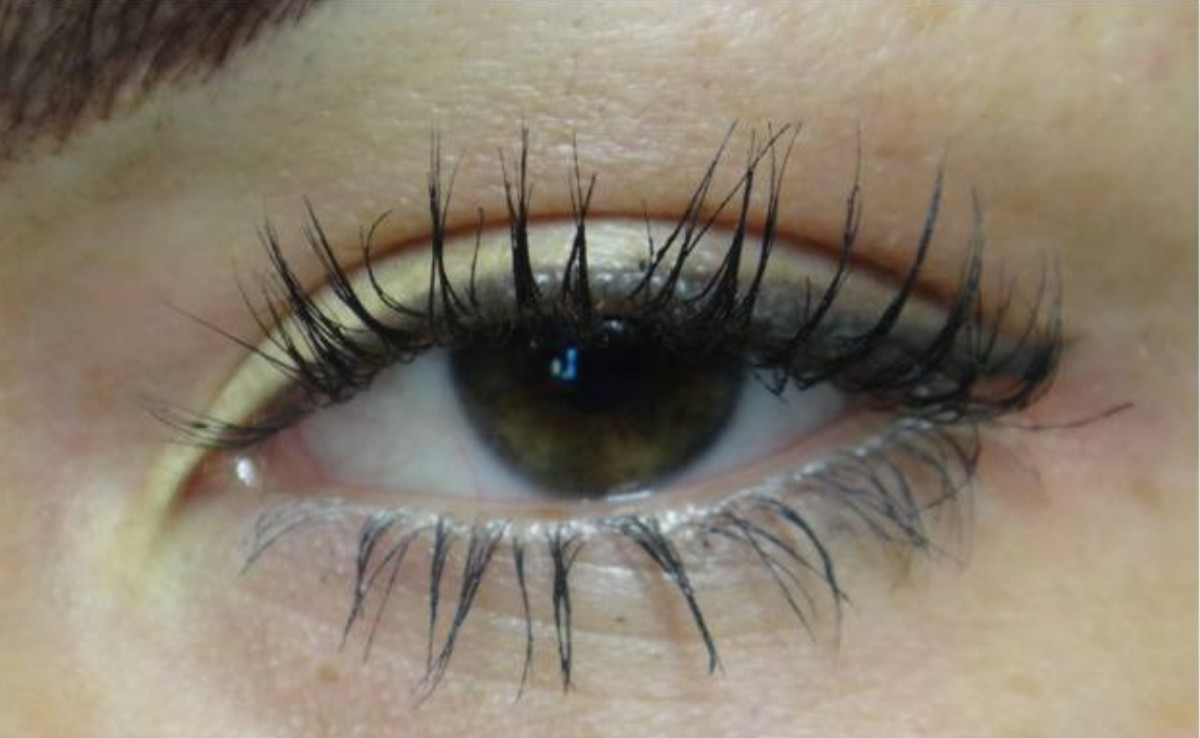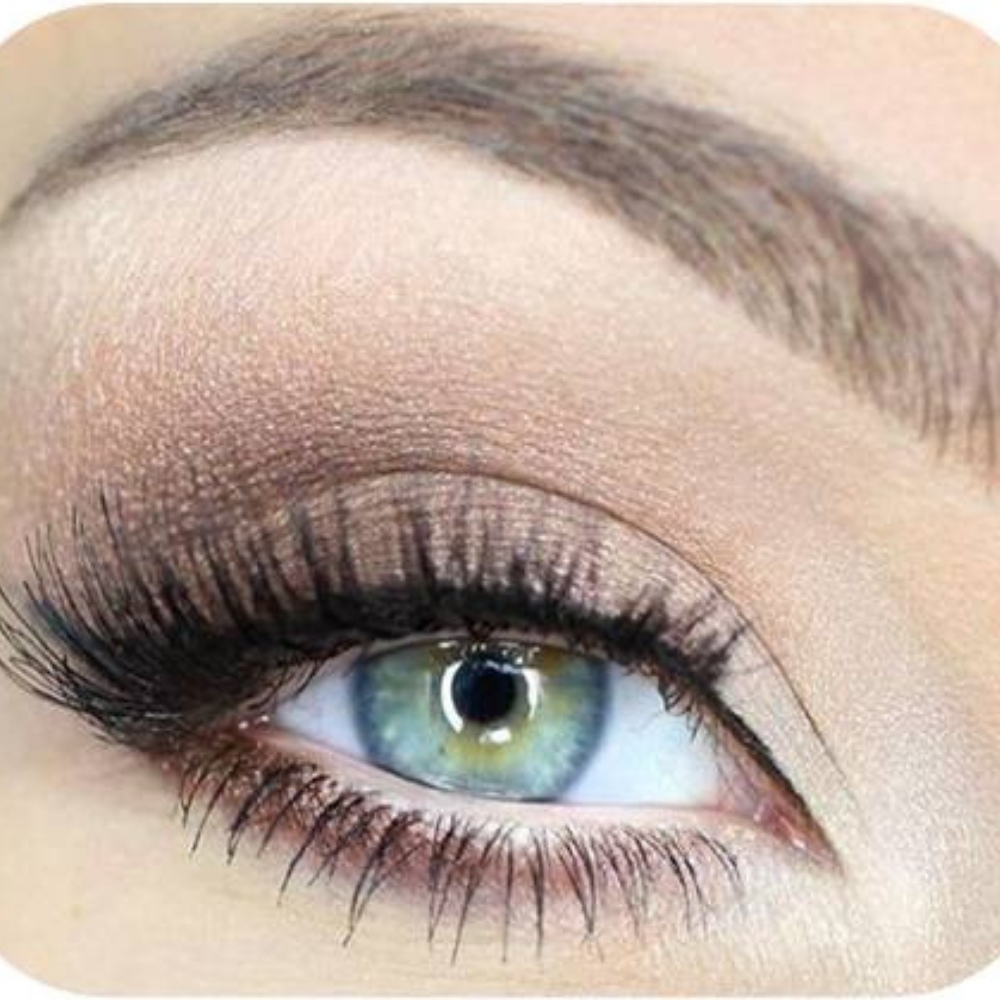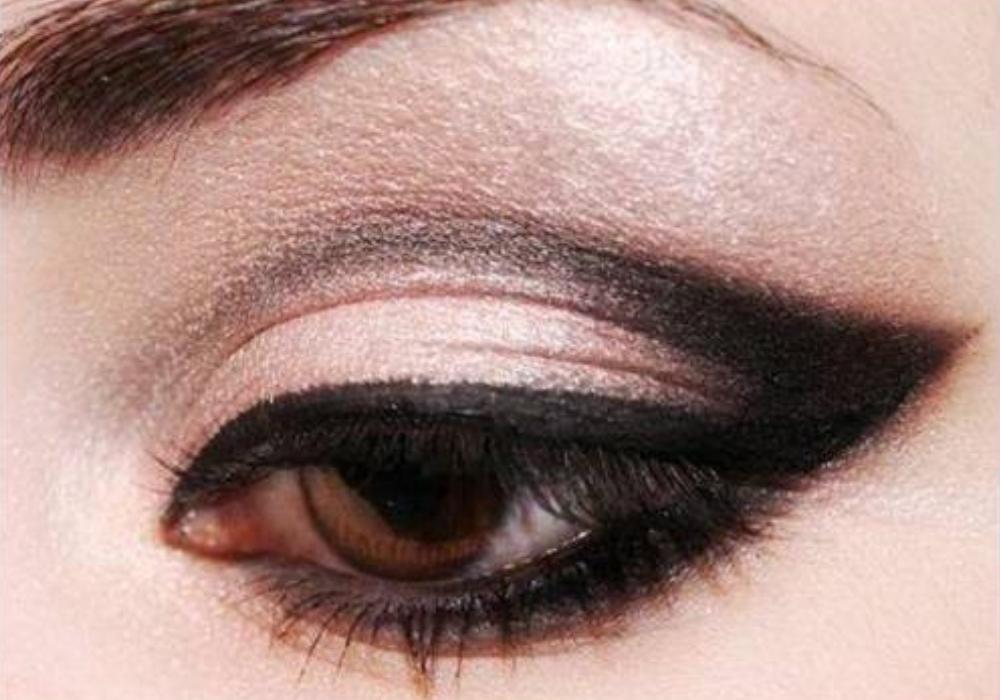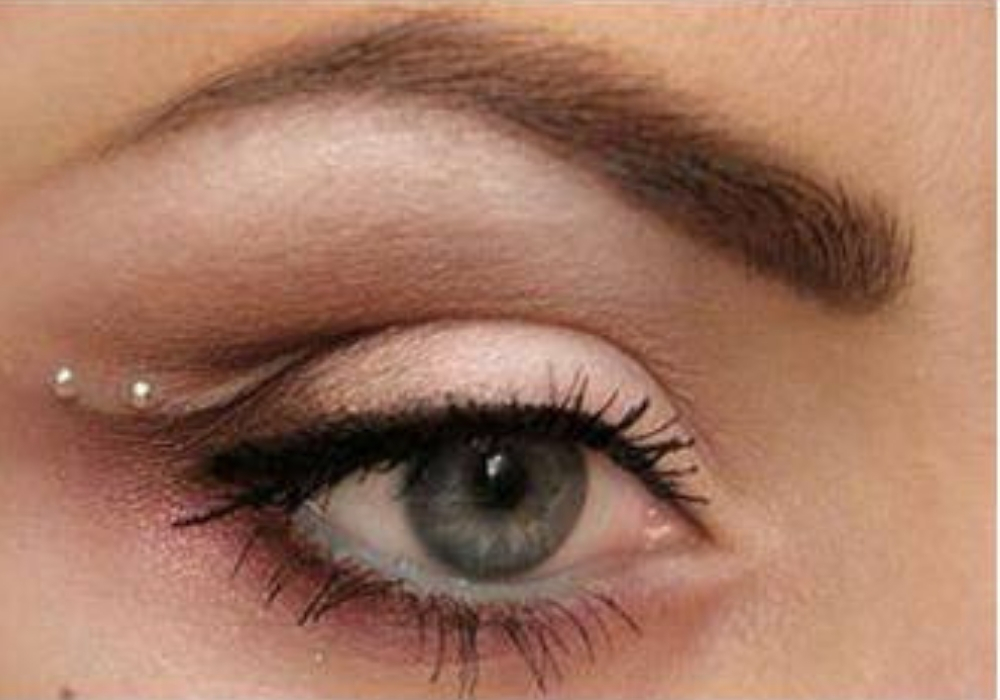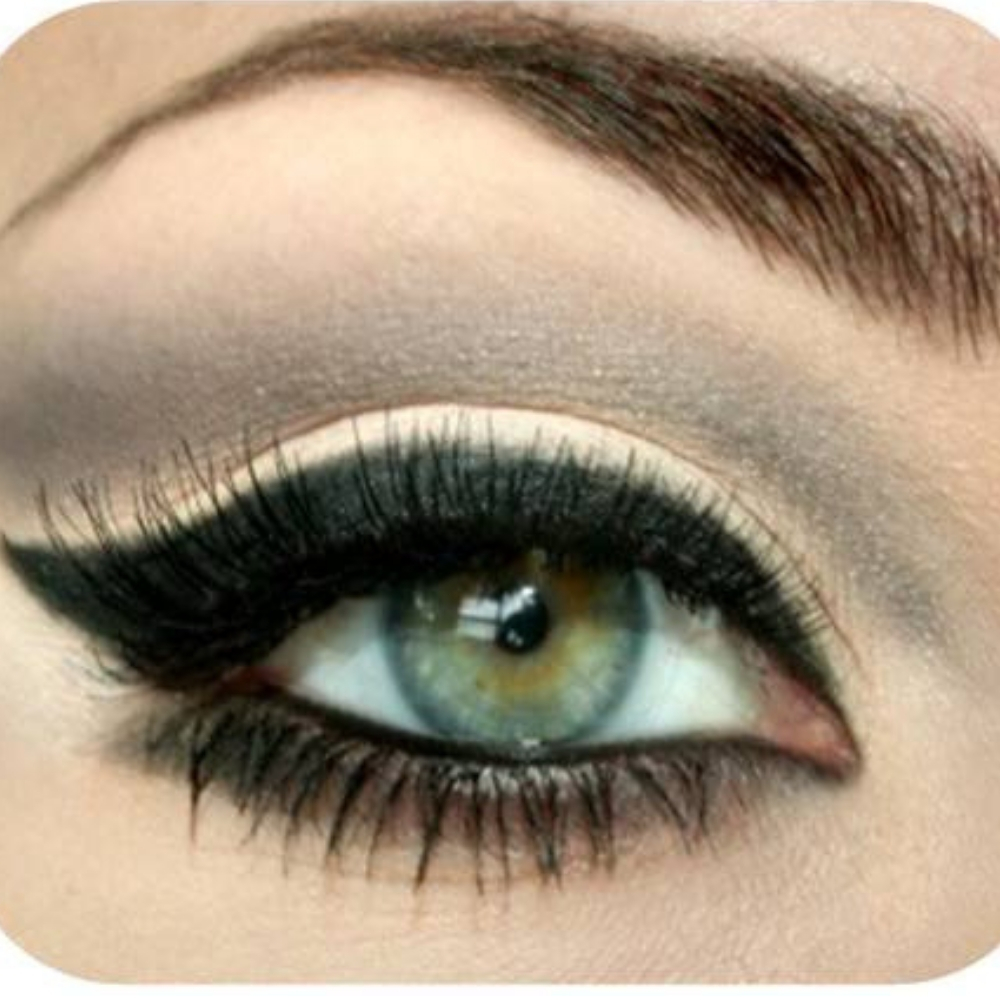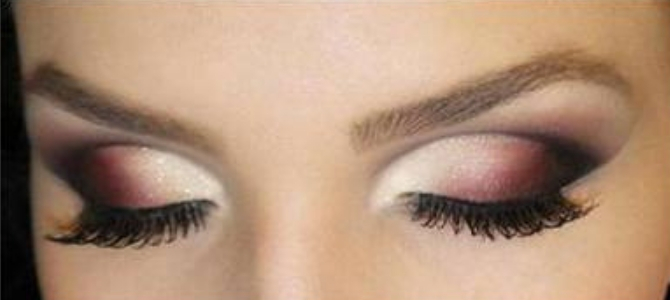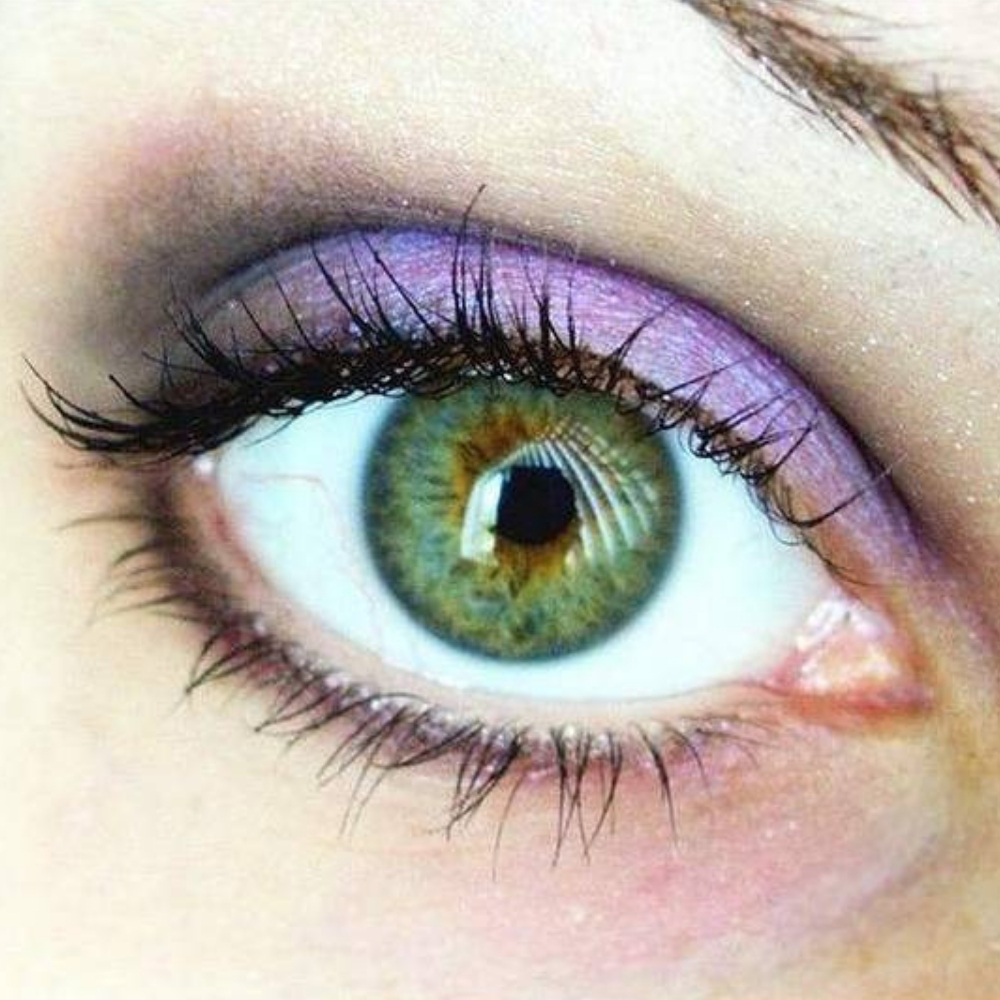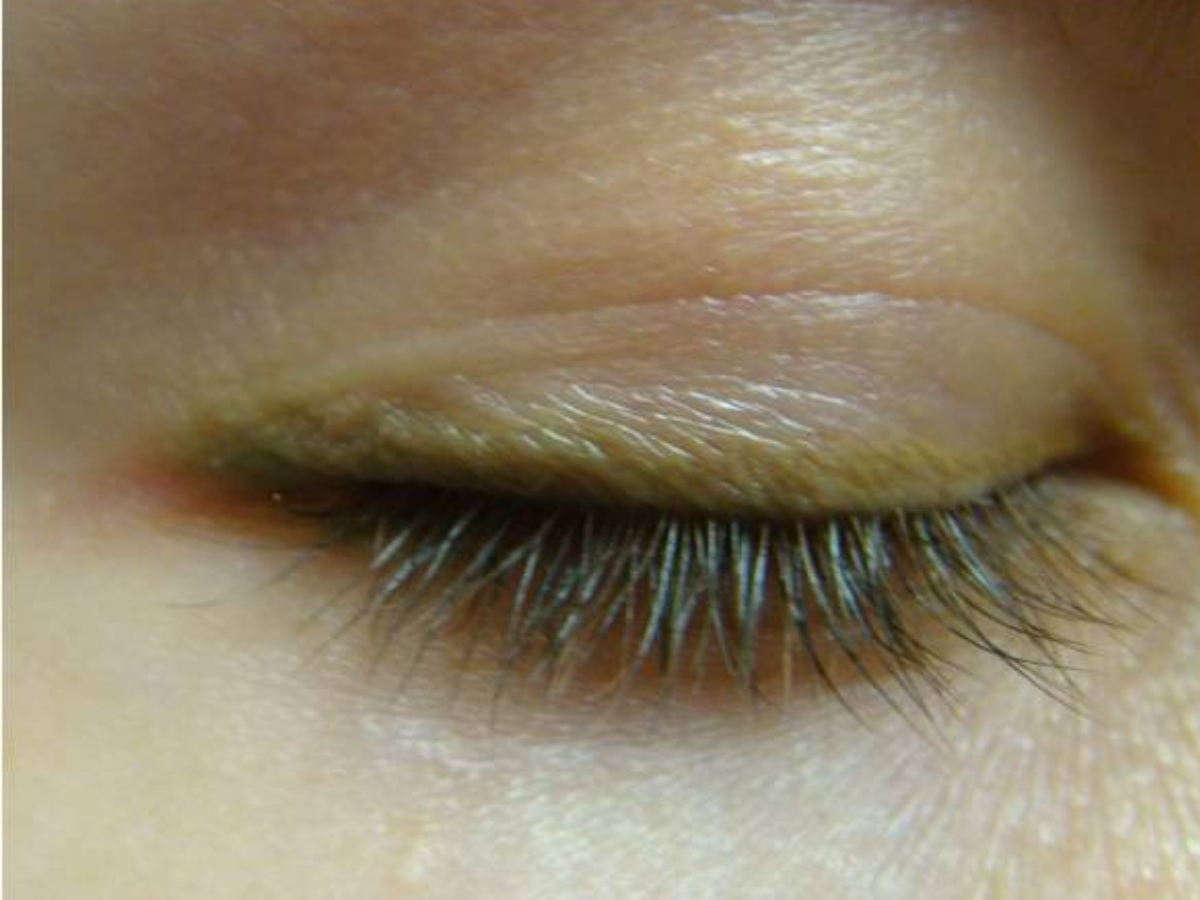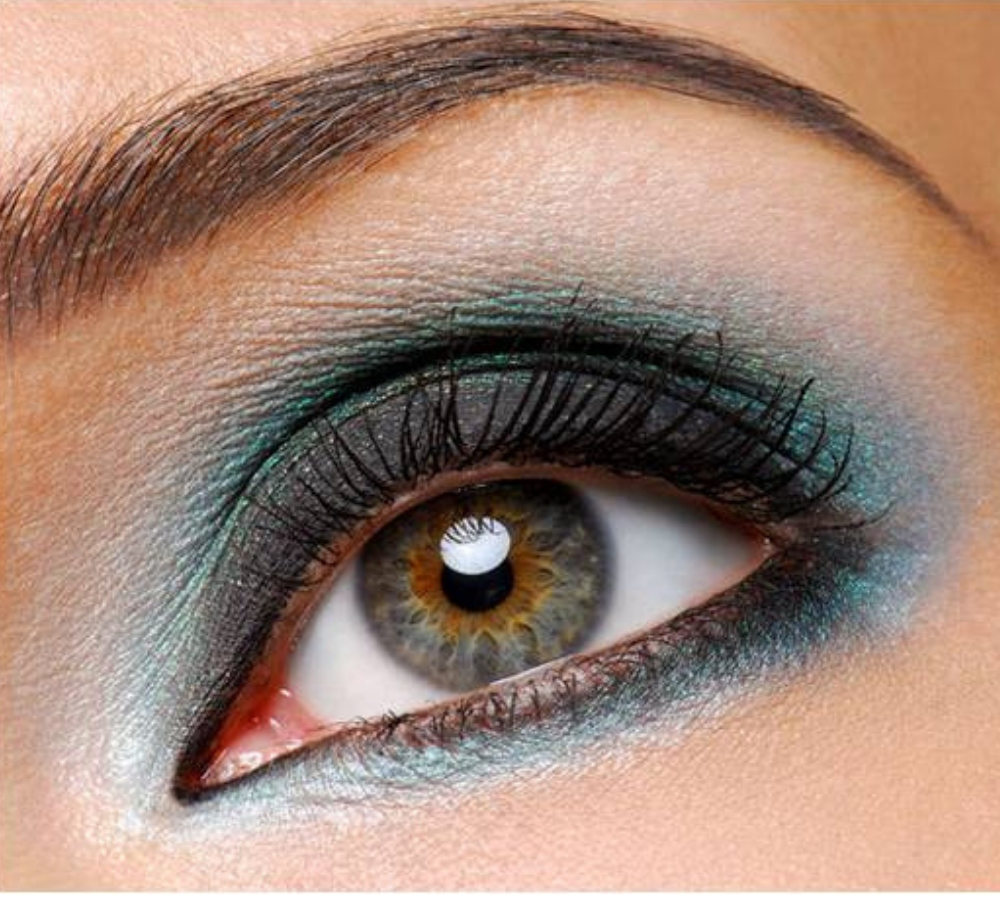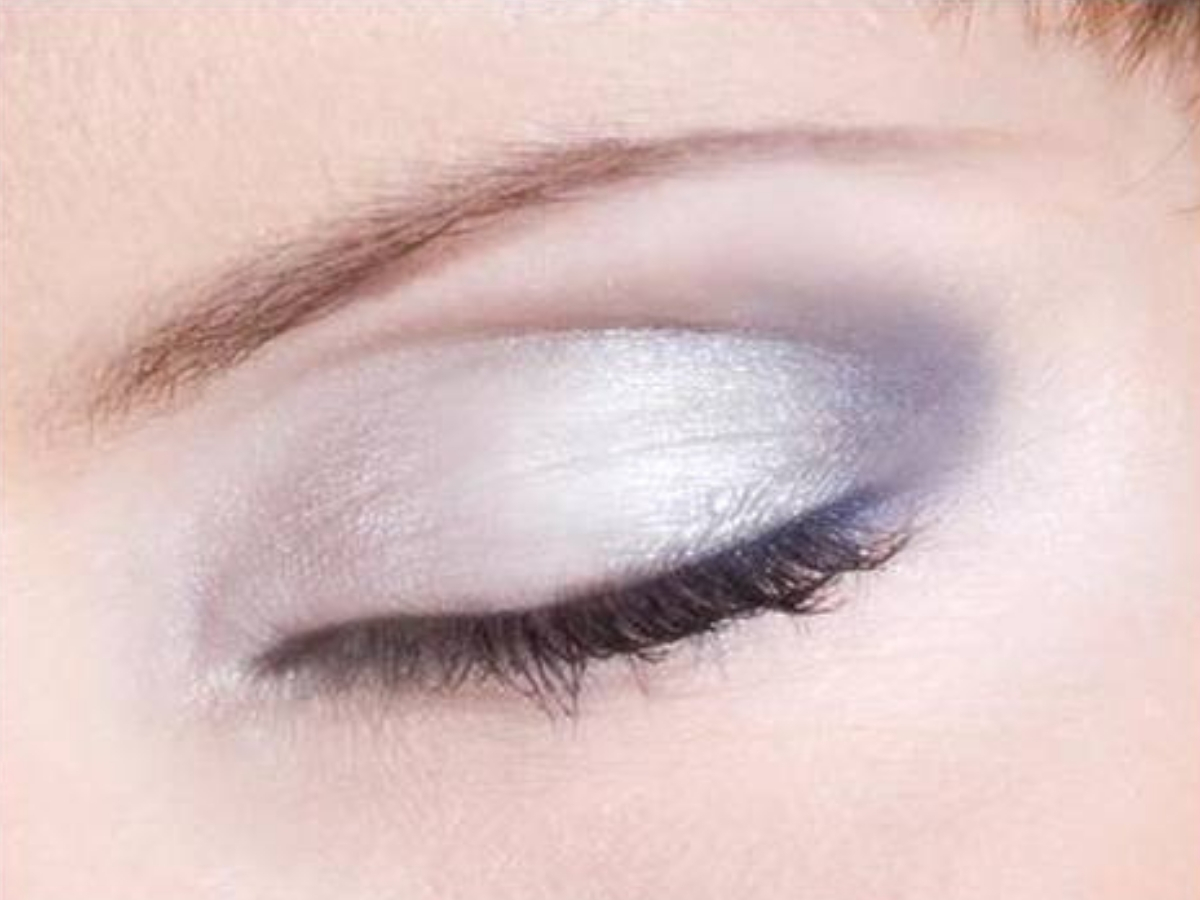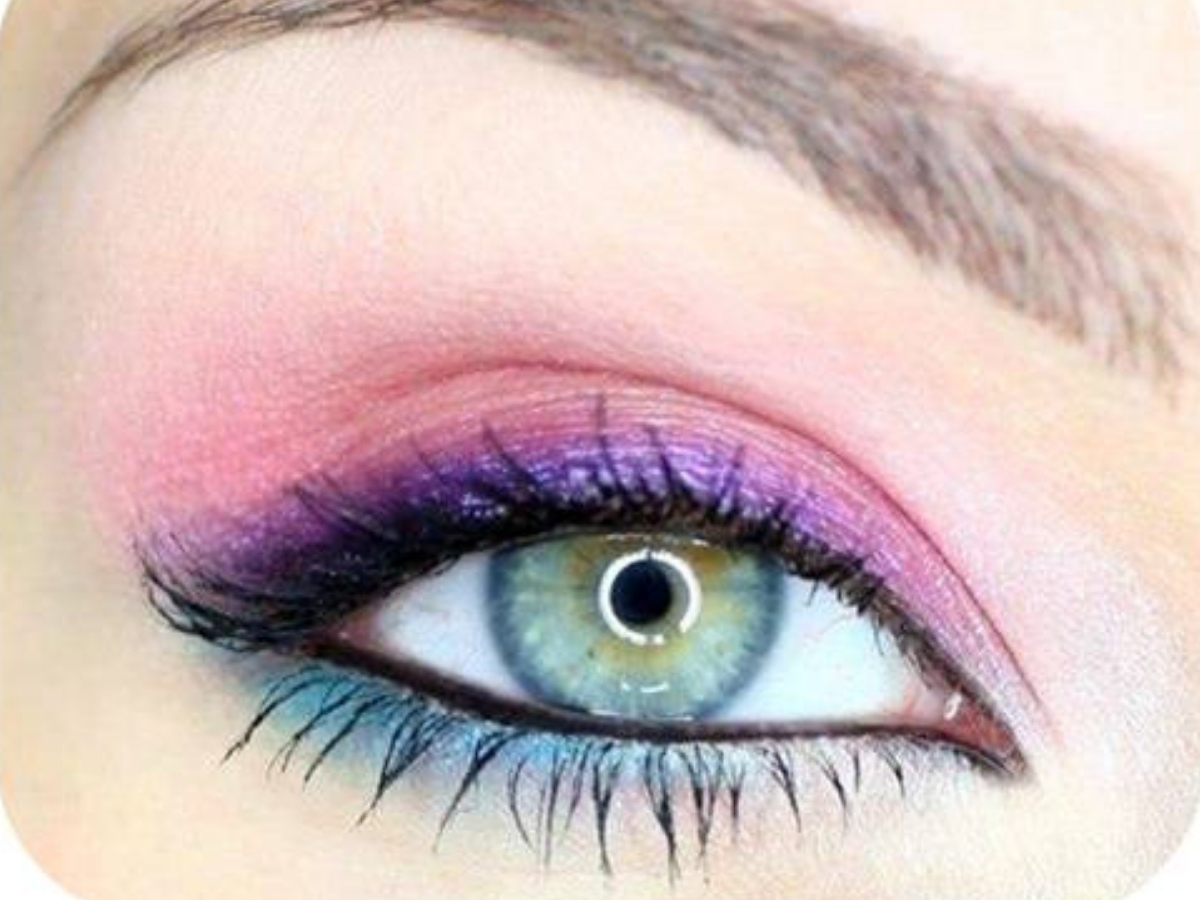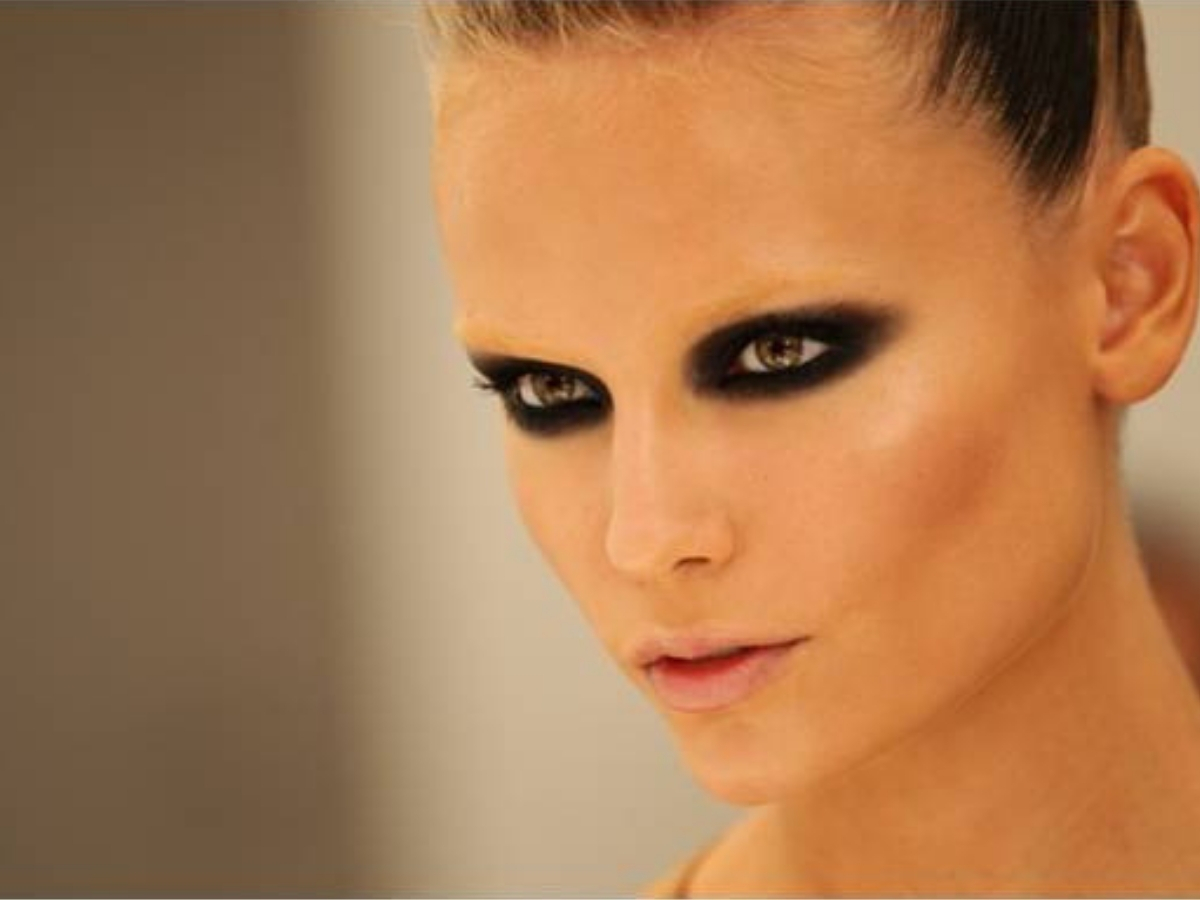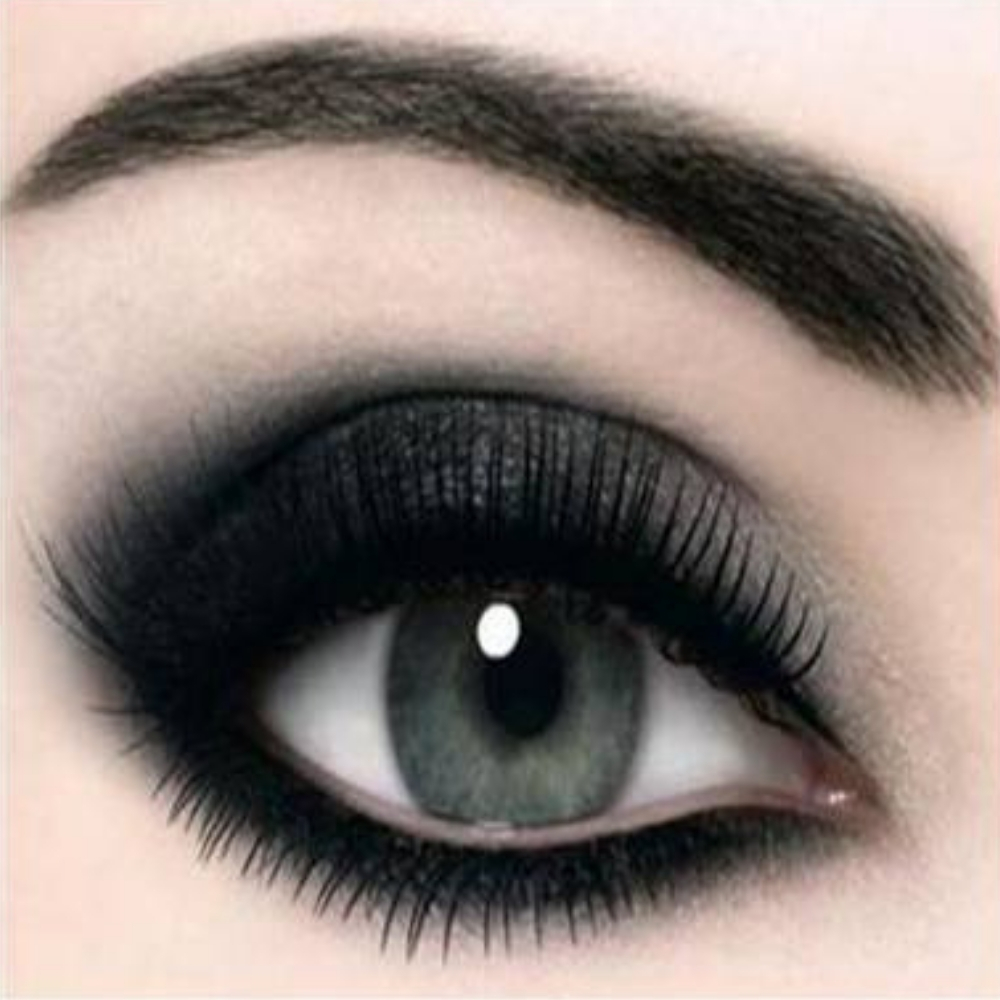Permanent make-up of the eyelids: shadow effect
The subtleties of art-permanent makeup

Permanent make-up of the eyelids is not an easy task, especially if you need to make the effect of shadows. Read about all the intricacies of this procedure in this article.
Anna Zabolotnaya , Head of the International Academy of PM and Aesthetic Dermopigmentation "Biotek" (Russia), certified artist, international class master teacher in permanent make-up, aesthetic dermopigmentation and trichopigmentation, winner of the first Contour of the Century competition (2003), judge of permanent make-up championships in Russia and abroad, lecturer at the International University of PM (Milan, Italy) (Russia)
The eyes are everything. This and the organ of vision are the main of the five sensory sensations available to us. And a mirror of the soul, and a means of communication, and the most important element of our attractiveness. At the same time, I note that all of the above, except for vision, refers, rather, not to the eyes, but to what surrounds them, and above all, to the eyelids. It is the eyelids, as a kind of frame for the eyes, that are responsible for emotional communication, make the look sharp, lively or distant, attractive or repulsive.
People have long realized the magical power of the eyelids and learned how to use cosmetics long before writing was invented. The art of makeup has been perfected for thousands of years. But one thing remained unchanged: the need to constantly repeat the procedure for applying mascara, blush and other paints on the face. Permanent makeup has revolutionized cosmetology, saving humanity from this routine. For a long time, the PM of the face was limited to arrows on the eyelids, emphasizing the eyebrows and the contour of the tubes. Today, art-permanent makeup offers clients full-color procedures, including complex transitions and subtle nuances of shades.
We all know how to draw beautiful shadows for ourselves or a friend. Using the huge amount of color cosmetics on the market, it is very easy to achieve both camouflage and corrective results.
However, in art-permanent makeup, we are not dealing with tonal foundations and shadows, but with pigments, not all of which can be used on the eyelids. An equally important point in the work of creating shadows is the correct choice of needles, since both the procedure itself and the area on which it is performed are quite specific in nature.
Regardless of the type of makeup, which is usually divided into everyday and decorative, it can be camouflage and corrective. Camouflage makeup hides bruises and scars, while corrective makeup changes the shape of the eye. In both cases, the actions of the master are dictated by the objective need to hide or correct something and, on the whole, fit into certain schemes. If such tasks are not set for the master, he acts on the basis of the wishes of the clients. Someone loves bright colors, others prefer an inconspicuous make-up that will serve as a base, the basis for everyday makeup.
I will not write about how to make the eyes more open or bright, how to camouflage a falling eyelid, change the shape or increase, reduce the visual distance between the eyes. Any master knows this at least theoretically. There are many questions in the field of decorative PM, the answers to which are not in the public domain, but these are the questions the master asks before starting work.
One of them is the question of what colors should be used to achieve the desired shade, given the heterogeneity and thinness of the skin of the eyelids and the difficulties associated with this. To answer, I will turn to personal experience and analyze here my own work that has already been performed, and make-up options that are yet to be implemented.
Permanent shadows: how to choose?
Consider the following jobs:
- overhanging eyelid correction. Beige skin tones were used, such as 10, 18, and brown 8 - an olive shade. All work was done with a flat 4 needle on a Stilus machine;
- camouflage permanent makeup after blepharoplasty. Skin 10, 11 and 15 pigments were used
Pigments designed for dermopigmentation are great for creating shadows. They are divided into four groups: golden, pink, beige, orange - and a separate class of pigments for dermopigmentation of the nipple areola. A hint about which colors to use is contained in the palette itself. To correct the shape of the eye, pigments of beige-pastel shades are used.
Before starting work, you can apply a light, transparent layer of light pigment to the eyelid, which will act as a “primer”. This will ensure greater brightness of the pigments applied further and extend the life of the shadows. It should be remembered that pigments of darker shades are applied in thin layers, the intensity of which should gradually increase. It is worth paying special attention to the quality of shading the borders. The quality of all work depends on this.
To create contrast, apply highlights. In this case, the highlight tone should be the lightest of the three tones used to create shadows in the eye area. It can be matte, barely noticeable, or shiny. You can use pure white or go for soft shades of ivory or pale pink. For example, skin 1, 2, 3 or 25. It is good to apply such highlights also on the inner corner of the eye. At the moment, pigments 25, 28 and 29 are especially popular. They can be called universal. When performing highlights, needle No. 1 is better than others.
To achieve a bright golden glow in the inner corner of the eye, we use skin 5 or skin 30 pigments. If we want to get a soft silvery glow, then the new coldgrey pigment is best. When using these pigments, you cannot do without a transparent thinner (diluent): it works with the pigment like water with watercolor, that is, it makes the paint transparent, facilitates shading and creating transitions. When diluting the pigment, experts use only intuition, since the exact recipes and proportions are not written anywhere. The more thinner, the more transparent the pigment. It should be applied in layers, with light pressure. Movements - dashed or oval, perpendicular to the ciliary edge. Do not forget that as the skin regenerates after the procedure, the shade of the applied pigment will inevitably change. After the end of the recovery period, it will become lighter, matte and colder.
When performing shading, you can use some pigments for permanent make-up of eyebrows and eyelids, all skin tones and additional colors. Mixed on the skin, they give an unlimited number of shades, which is what is required to obtain a flesh color.
Complementary colors are colors that are essentially pure base pigments (iron oxide, titanium dioxide, chromium oxide)
Yellow (iron oxide) gives the pigment warmth and a golden hue. When mixed with gray, it gives an olive, brightens the pigment.
White (titanium dioxide) makes the pigment lighter, cooler, matte and denser. I remind you: white is the densest of all pigments, so you need to use it with great care.
Green (chromium oxide) forms a warm olive or cool bluish tint depending on the base pigment. Can be used in pure form. When mixed with white, it creates a visual effect of a pearly glow.
Black (iron oxide) can be used alone or added to other pigments as needed
Important: needles
During the work, the master of permanent makeup, like a real artist, constantly combines different types of needles, varying the density of color, the subtlety of shading and the softness of transitions.
The choice of needles for work depends on what result you want to achieve. Therefore, first of all, it is necessary to understand what the client wants, and, possibly, offer alternative options. Only after agreeing on all the details with the client, should one proceed to thinking through the technical side of the upcoming procedure, including the choice of needles.
Small bundles (1, 3l, 5l needles) - for a clearer drawing and dense staining. These are the zones closest to the ciliary edge.
Large tufts of needles (4F, 5m, 7, 9 or 12 needles) are used to apply eyeshadow to large areas of the eyelid
Since the decisive element in the creation of shadows is high-quality shading and smooth transitions, we cannot avoid the use of flat needle bundles (Flat and Magnum).
As is known, bundles with a large number of needles injure the skin to a lesser extent than one needle, the immersion depth of which is always somewhat greater. However, due to more voluminous staining, larger bundles of needles can cause more swelling and redness.
The most popular colors for shading the eyelids are all shades of beige. Dark beige is applied to the place where the eyelid hangs, forming a crease. To lengthen the slit of the eyes, you need to extend the line of the upper eyelid, applying an even darker tone. The remaining space, that is, the movable eyelid and the area under the eyebrow, is filled with a light pigment.
To correct the bulge of the eyes and heavy, overhanging eyelids, the technique of full painting over the moving eyelid is used. Here, as elsewhere, a universal principle applies: darken or outline what needs to be hidden, and lighten what needs to be emphasized, brought to the fore.
The course of the procedure
All work on creating shadows is carried out in two stages. At the first stage, we apply the usual decorative make-up on the eyelids - how the client wants to see it in the final version - and clearly draw the borders of the transition of colors. This will allow us to follow the correct sequence of applying pigments during work.
After the sketch is approved by the client, we proceed to the second stage - applying the pigment. The transitional medium color is applied first. Then the darkest shade is entered.
The light color is entered last. Then the border between the colors is shaded. I recommend not rinsing or changing the cartridge before applying a new color. In this case, additional mixing of colors occurs, due to which the transitions become smoother.
To create green shadows, we use a warm grassy green pigment green. If we add eyebrow pigments such as brown 3, 4, 5 or 8 to it, we get marsh-olive shades. To get a cool green, we use a celadon green liner.
I recommend paying attention to the lilac pigment violet liner. He emphasizes the beauty of green eyes better than others. By lightening the pigment with white or darkening it with graphite, we can get different shades and choose the most suitable one. An interesting result gives a combination with brown-olive pigments.
Blue and blue colors give the face freshness, make it more attractive and sexy. In our palette there is a very beautiful shade of blue blueliner. Try mixing it with green pigment and notice the result. Blueliner also goes well with black or warm grey.
Shades of gray are represented in the palette by two main pigments: warm gray and cold gray. These colors look very good together, complementing each other.
Now a little about smoky eyes.
S moky eyes
Shading the lower eyelid very often implies smoky eyes. The fact is that a narrow, clear eyeliner can visually reduce the eye, “cut off” it. And wide, on the contrary, increases. The smoky eyes technique allows us to avoid extremes. In this case, the classic black colors black liner or simply black are widely used. I recommend diluting them with brun 3, 4, 5 graphite shades or warm gray smoky gray.
Summing up, I note that the procedure for applying shadows requires a serious ability to work with color, create it by mixing various pigments and their shades. You can comprehend all the subtleties of this process only by constantly experimenting with paints. And since any outstanding result is always the result of a successful experiment, the more you experiment with color, the more likely you are to succeed.
The material was first published in Permanent No. 4(12)/2018
Read also
- Skin properties and color types, or why color is so important in a permanent
- Arrow in permanent makeup: an unfading classic
- The cost of the service, or How to determine the price of permanent makeup
- Permanent make-up of arrows: an individual approach
- Complex permanent make-up: master's difficulties and client's fears
- Tattoo eyelids "perfectly": there are no standards in the procedure!
- Areola permanent experts: Alla Romazanova's advice
- Procedure sequence in art-permanent make-up
- Permanent makeup


